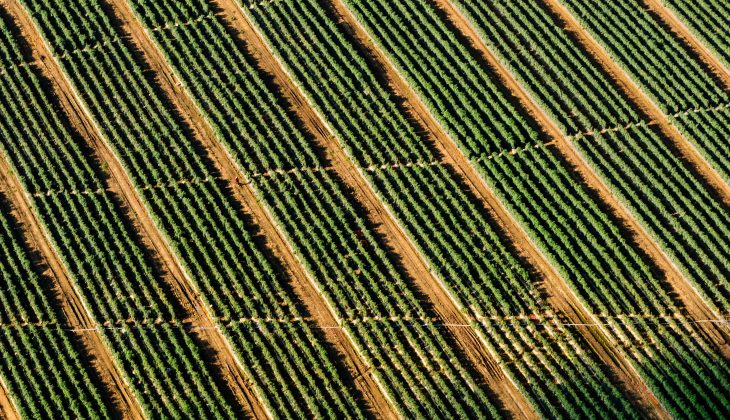Youth information portal Teeviit asked the ecologist Mihkel Kangur three questions about environmental issues that young people find most interesting.
1. Which actions should we take immediately to slow down global warming and prevent disasters, both individually and as the human race? Where can I get more reliable information on the subject?
First, I would like to emphasise that the climate crisis is only one aspect of the environmental changes that will affect our future life and which we must address. Climate change is accompanied by mass extinctions of species, soil degradation and large-scale changes in the aquatic ecosystem. All these areas are interlinked and mutually reinforcing. Treating them in isolation can lead to their deterioration. We can see this, for example, in the forest debate currently taking place in Estonia, where claims are being made that an even more intensive felling of forests and the burning of wood in oil shale chamber ovens will help combat climate change. To save the climate, however, biodiversity is being destroyed, resulting in an even greater disaster. To resolve this issue, we need to look at things in a holistic way.
Population growth and ever-increasing consumption are the main drivers of large-scale environmental changes. Decreasing the human population is our first challenge. The only practical solution is better education, especially for women. But that alone is not enough. We must also be determined to limit our consumption. This is where agriculture and food production are the biggest challenges. It is agriculture that emits the highest amount of greenhouse gases. Similarly, deforestation to make way for fields causes the loss of biodiversity. Inappropriate farming practices destroy our soils and as climate and vegetation change, so does the global water cycle.
So, one affordable method for everyone is to review their own menu. The number one step should be to stop wasting food. This includes metabolic food wasting; that is to say, unhealthy eating and excessive eating. As well as opting for a more plant-based diet, the preferred choice should be locally grown organic vegetables. If meat is consumed, it should come from organic suppliers and those farmers who take care of keeping our landscapes open.
Coastal wetlands, for example, have been open landscapes throughout history, which is why people need to continue their activities there to keep resting areas for migratory birds open. Restoring ecosystems, intensifying soil carbon storage, maintaining wetlands and forests so that they can accumulate more carbon should be an important aspect of all our actions. Activities that work against the normal functioning of ecosystems must stop. As well as food, everything else we consume is linked to the environment – every garment we wear, every aeroplane mile we fly, every email we send and every film we watch is linked to environmental resources. Each of our banknotes is like a ballot paper. Each of us has a choice about the kind of world we promote through our consumption. Finding out how, for example, the shoes you wear are made can help you make the right choices.
When it comes to consumption, we must try to distinguish between what we want and what we need. Today’s economic model creates more and more temptations that cultivate our desires and strive to present them as necessities. But it pays off to think about what is truly essential to us, what really ensures our well-being and whether money can buy it. Reducing consumption in general is a choice for all of us.
There is a lot of often confusing information available about environmental collapses. The ability to manage information, to recognise incorrect information is a skill for the modern world. When in doubt, it is always worth consulting scientific articles. Publications by UN programmes or sub-organisations in the field are also very useful and systematic sources.
2. Is it likely that we will have a ‘warm’ winter in Estonia in 5 years?
According to current predictions, our climate will indeed be like that of Scotland. This means less difference between summer and winter. At the same time, extreme weather phenomena such as droughts and heat waves, floods and major storms can be included in the general greyness.
3. How long do we realistically have until the point of no return?
According to current state of knowledge, the tipping point is when the Earth’s average temperature has risen by 1.5 degrees Celsius compared with before the industrial revolution. Temperatures have already risen by nearly 1 degree Celsius, and it is estimated that, unless humanity makes radical changes to the economy, especially in terms of carbon-based energy, the tipping point will come within 10-15 years. Decisions must be made now.
Prepared by the team of the youth information portal Teeviit.
Published in the youth information portal Teeviit in 2021.
